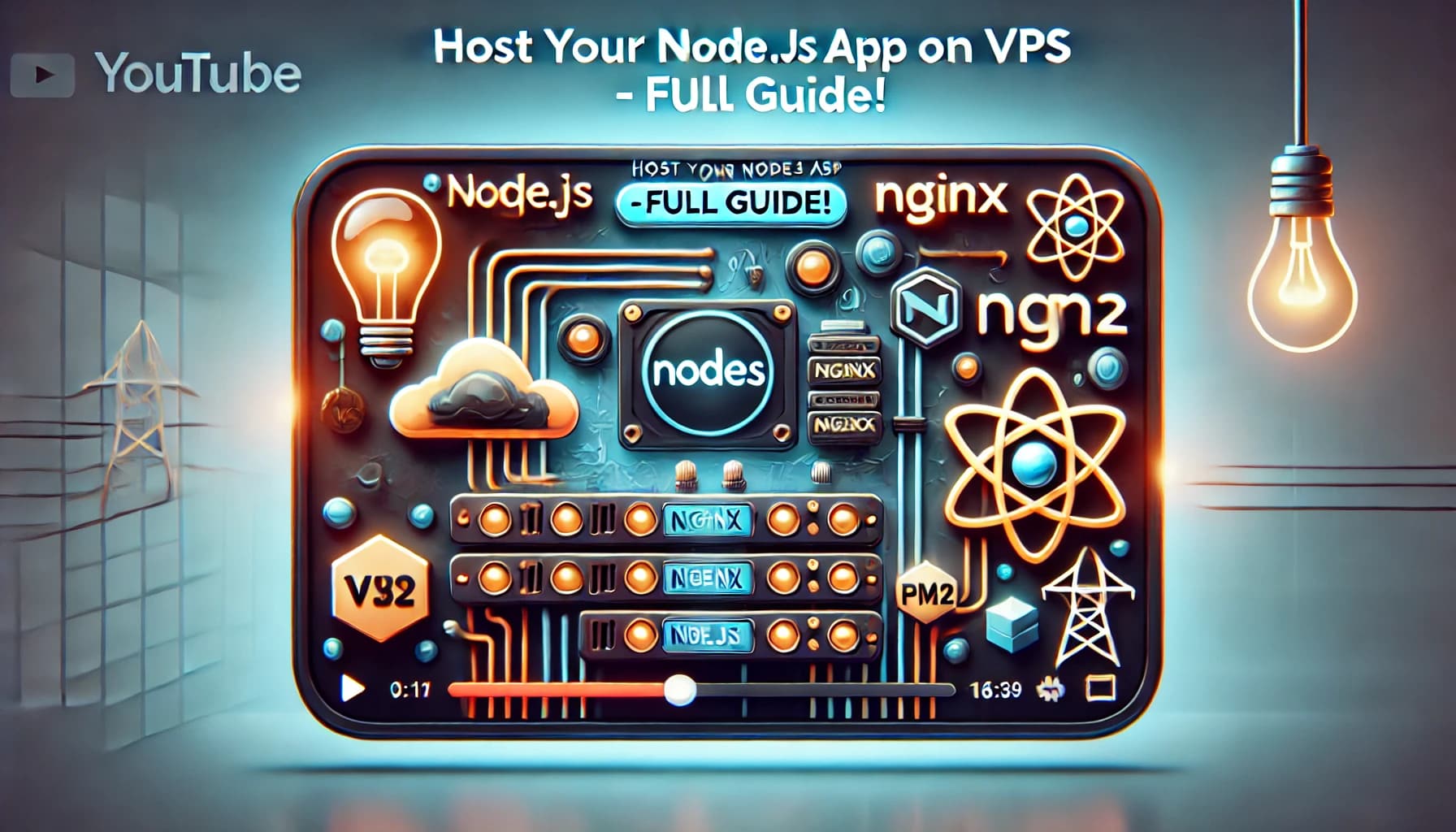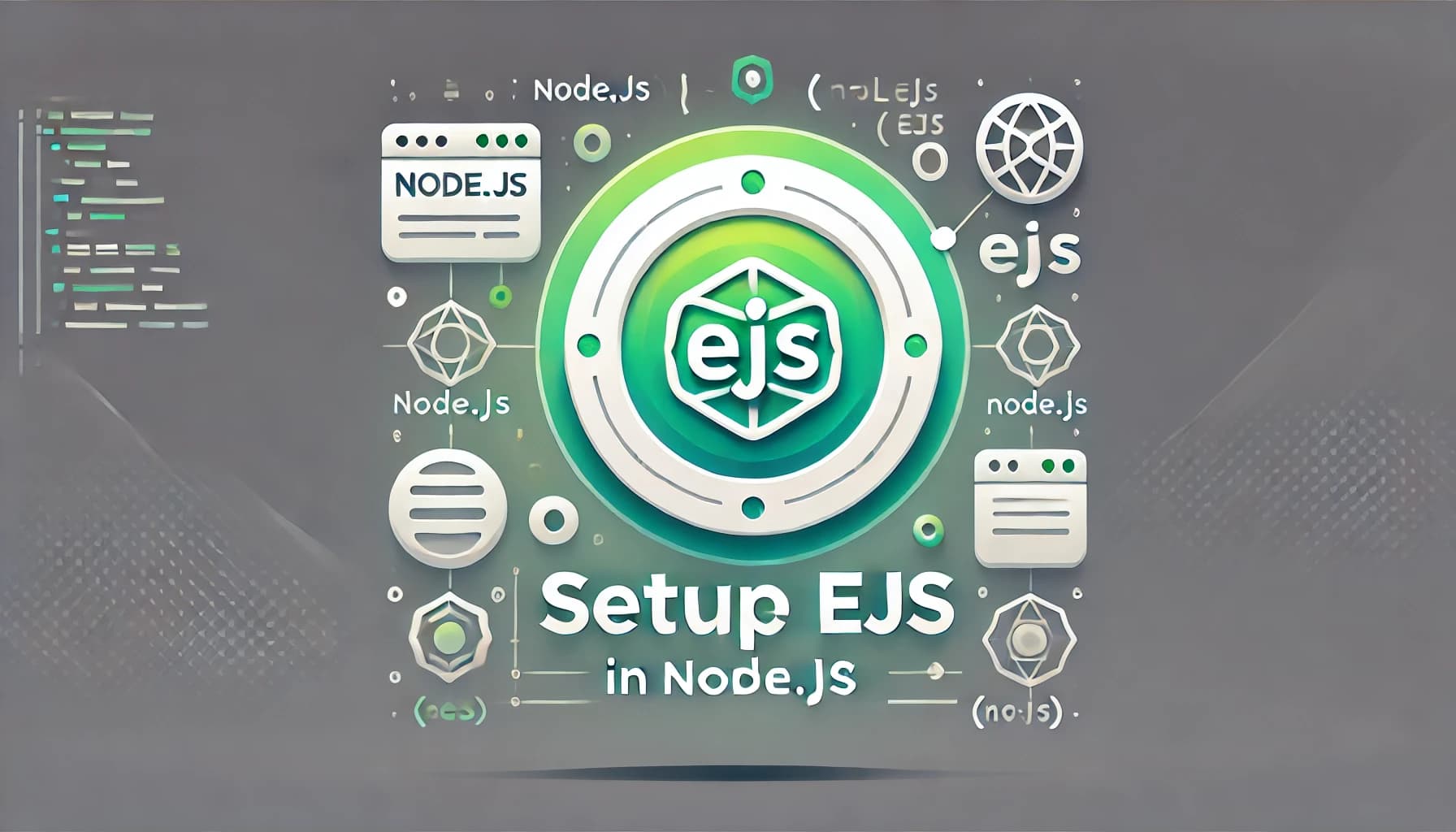
UV by Astral: Python Developers ke Liye Ek Complete Guide
Discover the ultimate all-in-one tool every Python developer needs in this in-depth guide to UV by Astral — the modern, lightning-fast command-line utility that's being hailed as the “NPM for Python.” Whether you're a beginner learning Python or a professional tired of juggling pip, pyenv, venv, poetry, and pipx, this comprehensive tutorial will walk you through every feature UV offers — from managing Python versions and running scripts with inline dependencies to building projects, installing CLI tools, and publishing to PyPI. With clear explanations, side-by-side comparisons of old vs new workflows, terminal outputs, pro tips, and real-world use-cases, this blog simplifies Python development like never before. Say goodbye to complexity and hello to productivity — it's time to supercharge your workflow with UV!
Read Full Blog →Thoughts & Ideas

🕸️ The Ultimate Guide to Web Scraping with Python – Hinglish Mein
~deathcodeWeb scraping is an essential skill for anyone working with data. In this guide, you'll learn how to scrape websites using Python, starting from basics to advanced techniques. We'll cover popular libraries like BeautifulSoup, requests, Selenium, and Scrapy. By the end of this guide, you'll know how to extract data from websites, handle pagination, and save it in formats like CSV or JSON. Plus, you'll understand the ethical considerations and best practices for web scraping. Perfect for beginners and advanced users alike!

How to Setup a VPS for Node.js Backend with Nginx, PM2, and Let's Encrypt
~deathcodeWant to take your Node.js backend live on a VPS like a pro? In this guide, we’ll walk you through setting up a VPS, configuring Nginx as a reverse proxy, managing your app with PM2, and securing it with Let's Encrypt for free SSL! 🔐✨ Whether you're a beginner or an experienced developer, this step-by-step tutorial will ensure your backend runs smoothly, securely, and efficiently. Say goodbye to unreliable hosting and hello to full control over your deployment! 🖥️🔥

How to Set Up and Use EJS Template Engine in Node.js
~deathcodeEJS (Embedded JavaScript) is a versatile and beginner-friendly templating engine for Node.js, allowing developers to seamlessly embed JavaScript into HTML. In this blog by DeathCode, explore what EJS is, why it’s a go-to choice for dynamic web applications, its alternatives, and a comprehensive step-by-step guide to setting up and using EJS with practical examples, including loops and conditions.

Understanding AJAX: A Comprehensive Guide
~deathcodeAJAX (Asynchronous JavaScript and XML) is a powerful web development technique that enables seamless communication between the client and server without requiring a full page reload. By using AJAX, developers can create dynamic, interactive web applications that update content in real-time, improving user experience and performance. This approach works by sending asynchronous requests to the server, fetching data, and updating specific parts of the webpage, all behind the scenes. Modern implementations often use JSON instead of XML, making AJAX an essential tool for building fast and responsive web applications.

The Fetch API: A Comprehensive Guide
~deathcodeThe fetch function is a modern JavaScript API that simplifies the process of making network requests to servers. Unlike the older XMLHttpRequest, fetch is promise-based, allowing for cleaner and more manageable asynchronous code. It provides a flexible interface for handling various HTTP methods, such as GET, POST, PUT, and DELETE, and supports a wide range of options, including custom headers, request bodies, and credentials management. With its ability to handle responses in different formats, such as JSON and text, the fetch function is an essential tool for developers looking to interact with APIs and retrieve or send data efficiently. Its straightforward syntax and powerful capabilities make it a cornerstone of modern web development.

React vs. Vue vs. Angular: Which One Should You Choose in 2025?
~deathcodeChoosing the right front-end framework is a critical decision for developers in 2025. In this blog, we compare the top three contenders—React, Vue, and Angular—breaking down their strengths, weaknesses, and ideal use cases. Whether you're building a small project, a scalable enterprise application, or looking for ease of learning, this guide will help you decide which framework aligns best with your needs and goals. Stay ahead in the ever-evolving web development landscape by making an informed choice!